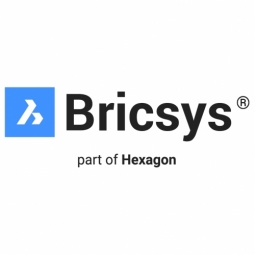Bricsys
Case Studies
Deutsches Bergbau-Museum's Digital Transformation in Documenting Mining History
Overview
 |
Deutsches Bergbau-Museum's Digital Transformation in Documenting Mining HistoryBricsys |
Platform as a Service (PaaS) - Application Development Platforms | |
Cement Mining | |
Product Research & Development | |
Operational Impact
| The implementation of BricsCAD has enabled the Deutsches Bergbau-Museum to continue its documentation work without any restrictions. The software's ease of use and good reputation as a DWG-based alternative have allowed the museum to build better virtual models of ancient mines, contributing to the preservation of the world's industrial past. The museum can now create digital replicas of ancient mines that can be trusted and used as the foundation of actual research activities. This digital transformation has allowed the museum to keep up with other industries and continue its efforts to dig deeper and unearth more seamlessly. | |


